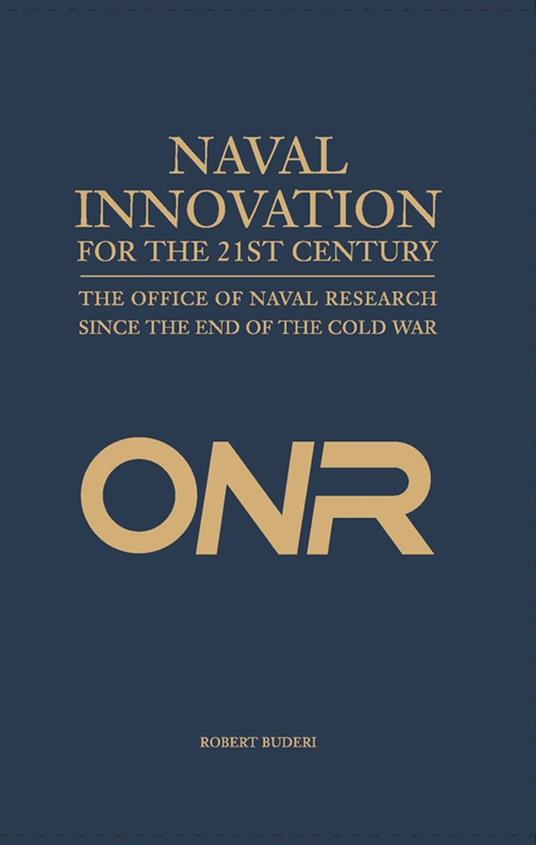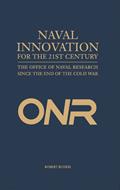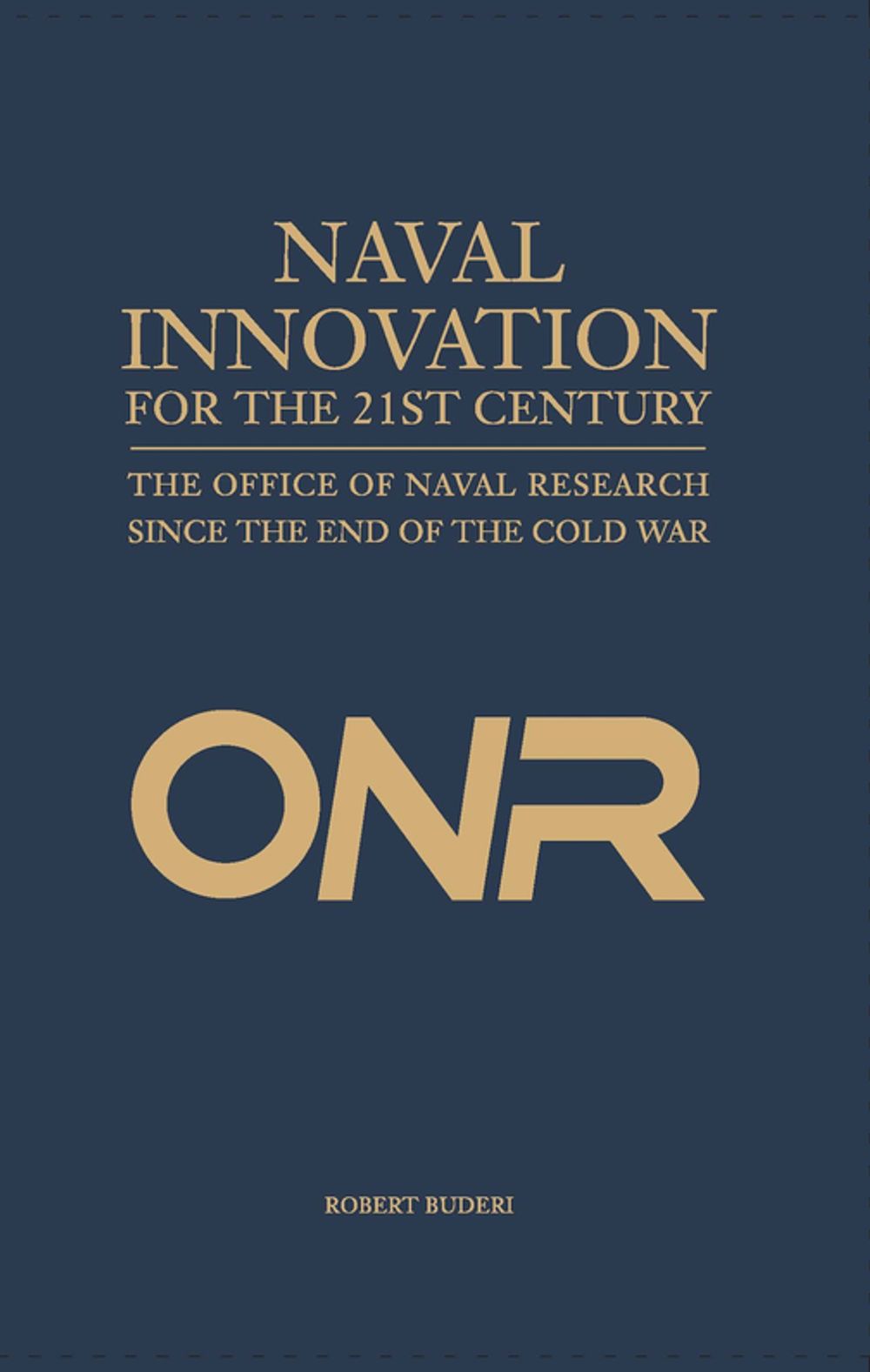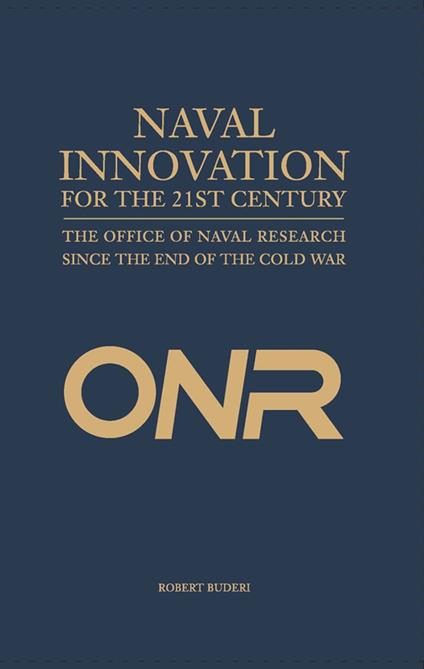Naval Innovation for the 21st Century
The Office of Naval Research, known widely as ONR, was formed in 1946 largely to support the pursuit of basic science to help ensure future U.S. naval dominance—and as such, it set the model for the subsequently created National Science Foundation. But everything changed after the Cold War. The U.S. entered a period of greater fiscal constraints and the concept of warfare shifted from conventional land and sea battles and super-power conflicts to an era of asymmetric warfare, where the country might be engaged in many smaller fights in unconventional arenas. Naval Innovation in the 21st Century is a narrative account of ONR’s efforts to respond to this transformation amidst increasing pressure to focus on programs directly relevant to the Navy, but without sacrificing the “seed corn” of fundamental science the organization helped pioneer. Told through the eyes of the admirals leading ONR and the department heads who oversee key programs, the book follows the organization as it responds to the fall of the Soviet Union, the terrorist attack on the USS Cole in 2000, and subsequent wars in Iraq and Afghanistan. These events are inspiring an array of innovations, for land and sea. Consider unmanned undersea vehicles that can patrol strategic coastlines for months on end, novel types of landing craft that can travel up to 2,500 nautical miles without refueling, and precision shipborne “rail guns” whose GPS-guided shells can hit targets from hundreds of miles off. Other efforts include advanced electronics designed to swap out scores of antennas on ships for two solid-state apertures, greatly increasing speed and stealth and speed; virtual training methods that spare the environment by avoid the need to fire tons of live shells, and new ways to protect Marines from improvised explosive devices. All these programs, some pursued in conventional manner and some set up as “skunk works” designed to spur out-of-the-box thinking, are part of an ongoing evolution that seeks to connect scientific investment more directly to the warfighter without forsaking the Navy’s longer-term future. Naval Innovation in the 21st Century is a narrative history, and a story of organizational change, centered around the struggles of management and key personnel to adapt to shifting priorities while holding on to their historic core mission of supporting longer-term research. As such, it holds great lessons and insights for how the U.S. government should fund and maintain military R&D in a new era of “small ball” conflicts—and how the country must prepare for the future of warfare."
-
Autore:
-
Anno edizione:2013
-
Editore:
-
Formato:
-
Lingua:Inglese
Formato:
Gli eBook venduti da Feltrinelli.it sono in formato ePub e possono essere protetti da Adobe DRM. In caso di download di un file protetto da DRM si otterrà un file in formato .acs, (Adobe Content Server Message), che dovrà essere aperto tramite Adobe Digital Editions e autorizzato tramite un account Adobe, prima di poter essere letto su pc o trasferito su dispositivi compatibili.
Cloud:
Gli eBook venduti da Feltrinelli.it sono sincronizzati automaticamente su tutti i client di lettura Kobo successivamente all’acquisto. Grazie al Cloud Kobo i progressi di lettura, le note, le evidenziazioni vengono salvati e sincronizzati automaticamente su tutti i dispositivi e le APP di lettura Kobo utilizzati per la lettura.
Clicca qui per sapere come scaricare gli ebook utilizzando un pc con sistema operativo Windows



